Heat safety is important for everyone, but for those whose jobs require them to be outdoors, it’s especially important. When you’re on the job, your safety is just as important as always. The Occupational Safety and Health Administration (OSHA) has many informational guidelines about protecting workers from the negative effects of heat and sun exposure. Whether you’re working a construction site or going door-to-door to deliver mail, here a few useful tips to help you stay cool while working outdoors this summer.
Drink lots of water, and don’t get dehydrated.
One of the easiest and most refreshing ways to stay cool is drinking plenty of water. This helps your body stay hydrated on those hot days outdoors. You should drink 16 ounces before starting and then a cup of water every 15 to 20 minutes. It also absolutely imperative to avoid dehydrating drinks like alcohol or caffeine. For employers, this means providing workers with access to cool drinking water throughout the work day.
Gradually prepare for the hotter days.
When it comes to heat stroke, one of the biggest stressors on the body is the sudden exposure to higher temperatures. It takes 7 to 14 days to acclimatize, and allow the body to gradually build a tolerance to the heat. Some other factors like the environment, an individual’s health, or medications may affect how long it takes to acclimatize. It’s advisable to ease into outdoor work and allow for frequent breaks, especially for workers who are just returning from vacations or illness. Then, day by day, gradually increase the workload.
Protect yourself from the elements.
One of the most effective ways to limit the risk of heat illness is to dress and cover up appropriately. This means big hats to create shade, UV-rated sunglasses, and light, breathable clothing that will help keep you cool. Wear sunscreen with SPF of at least 30 and reapply every two hours, especially if you’re sweating a lot. While some may think of working without a shirt or hat might cool you off, it actually has the opposite effect. The sun dries your sweat too quickly before it has a chance to evaporate and cool the body. If, on the other hand, your clothing becomes too saturated with sweat, then change into other loose-fitting, light-colored clothes. Employers should also provide shade for workers, whether in the form of umbrellas, indoor spaces, or even nearby trees.
Plan a schedule that makes sense.
It is always wise to avoid the hottest parts of the day and schedule the most strenuous tasks in the cooler parts of the day before 11 am or after 4 pm. Other ways to have a smarter schedule include: planning all non-essential tasks on days that have a reduced heat index, doing less physically demanding work during the warmer times of day, and rotating and splitting work shifts to minimize workers’ exposure to heat and sun. OSHA has established industry guidelines regarding work and rest cycles. If the risk of heat illness is very high, it is always best to stop work until conditions improve.
Always have a way to cool off.
When the heat gets too hot, take a break. Be mindful of how you are feeling and do not overexert yourself. Schedule frequent breaks throughout the day. During the break, workers should hydrate and/or rest in the shade, indoors, or even in an air-conditioned car. While working, find ways to cool off. Use a personal fan. Get a damp rag or a cooling towel to wipe your face or put around your neck. This can do wonders for helping you feel cool while also minimizing the risk of heat exhaustion or heat stroke.
Be familiar with the signs of heat illness.
It’s important to learn the signs of heat-related illnesses and understand how to respond to them. If you can spot the symptoms, you can stop the problem. First, there’s heat stroke, which is the most serious heat-related health problem and should not be taken lightly. It happens when your body temperature rises to 104 degrees or above and must be treated immediately. If you or someone you know has symptoms like a strong pulse, chills, confusion, or slurred speech, get medical help as soon as possible and try to rapidly cool them off with wet clothes and ice.
Other heat-induced illnesses included heat exhaustion, heat cramps, and heat rash. While not as drastically dangerous as heat stroke, there are still health problems that require the appropriate attention and care. It’s essential that employers and works have an emergency medical plan that includes procedures for getting workers the first aid and medical care that might be needed in the instance of a heat-related illness. Plan, prepare and ensure that heat safety measures are being used every day.

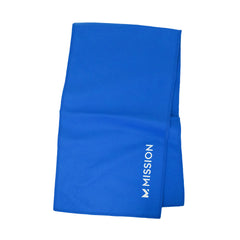
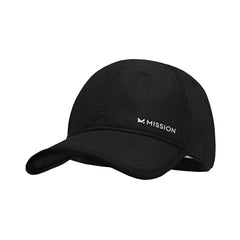
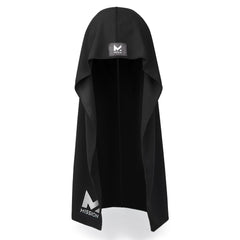
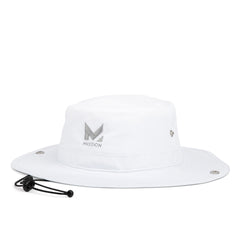
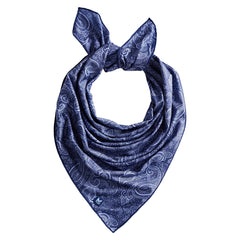
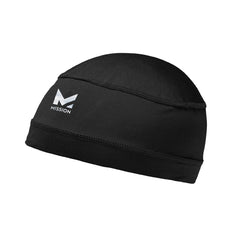

Leave a comment